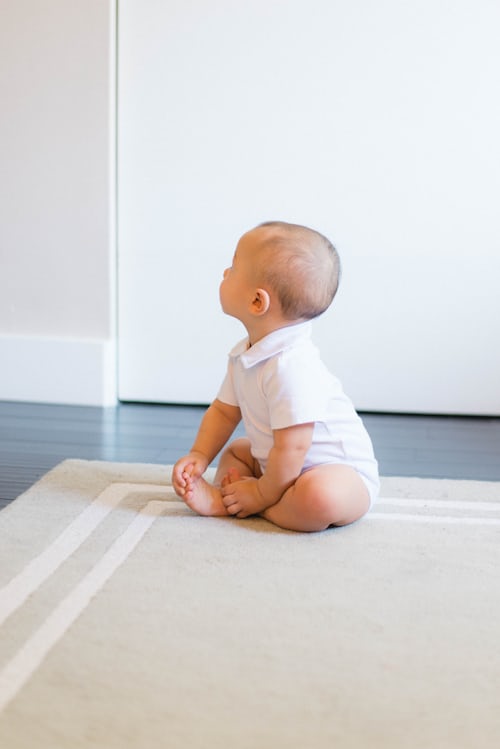First Steps

When your child was diagnosed with autism you wasted no time in getting him all the services he needed. You hired an occupational therapist and a speech therapist. You got him all the supports possible through the special education program at his preschool. You even enrolled him in a sleep study.
More Improvement

Yet you still have this nagging feeling that there’s more you can do. You may not be a professional, but you know and love your child, so you bring in your own kind of expertise. How can you use that personal knowledge to help your kiddo?
There are several activities you can do in the comfort of your own home to improve your kiddo’s verbal communication and help him interact more comfortably in social settings.
Visual Supports


For children with autism, auditory learning is not their strong suit. Pictures help reinforce verbal communication used in conversations and for giving instructions. Keep visual supports around the house about important things like the order of procedures. One fun example is expected behavior at a birthday party. Your kiddo may not be able to grasp this concept on his own. The use of visuals and gentle questions about what’s going on makes understanding easier.
Another strategy is to use visual supports to give your kiddo a go to list of choices. Put pictures of different foods on the fridge so he can point at or even tell you what he wants. You can do the same thing with his toys or his clothes. It’s a good way to develop back and forth interaction or to give him initiative to ask for what he wants.
Using Sentence Strips

Let’s use a sentence strip so he can describe what he is doing. This visual can help with expanding sentences and increasing independence in communication. You can use sentence strips to describe pictures in a book. Other examples of sentence strips includes “I see ____,” “I want____,” “Can I have___,” or “Let’s play___.” These types of sentence strips can help your child express himself throughout his daily routine.
Token Boards

Visual supports can be useful for a child with autism at any age. You can adjust the amount of tokens based on the age and attention span of your child. A token board is a visual reminder of a reinforcer or reward that your kiddo can receive if he continues to perform a positive action.
Say your child has difficulty sitting down and paying attention to read a book. A token board can help improve this behavior over time. Starting with a smaller number of pages and work your way up can help increase his attention and confidence. For the first few times he can get a star for each page in the book he listens to. Once he earns three stars he can take a break to play with a favorite toy. Once that becomes easy for him to do start increasing the expectation to five pages or ten pages before he gets the reward. Using token boards in different ways can establish positive patterns of behavior in your kiddo.
Sensory toys


Like many children with autism, your kiddo may not process sensory input the same way as neurotypical kids. Sensory toys are so effective with kids with autism because they provide the sensory stimulation the kids are missing. This makes it easier to capture their attention. If your kiddo rebels at trying sentence strips, entice and reward him with a sensory toy for afterwards.
Just As Wonderful

Temple Grandin said, “I am different, not less.” This is no less true for your own child. Your kiddo may not process information or sensory input like others, but he can learn to communicate. Visual reminders can aid in his language development. In time your love and patience, coupled with technique, will bring out his own special brilliance.
